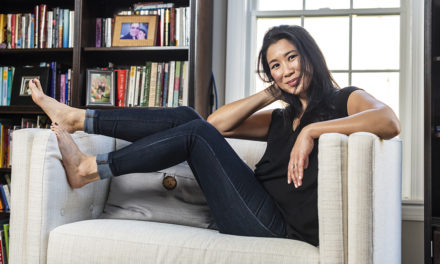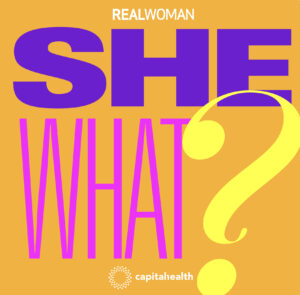After a lengthy stay, the Art of the Brick exhibition at the Franklin Institute in Philadelphia leaves town in early September, which means you’ve got just over a month to see it. And you should.
The fact that Nathan Sawaya’s showcase is hailed by CNN as one of the “top 12 must-see exhibits in the world” is compelling. So too is the idea that you’ll get to see a dinosaur made from 80,000 LEGO® bricks. But the best reason to go with your family is because it is a generous tour of an artist’s journey.
That, as with a T-Rex spotting, is rare.
Sawaya sets the tone for the experience right from the start with a short video explaining his circuitous path from art student at NYU to corporate lawyer, and back to artist. His LEGO pieces were never far. They went with him to college and they occupied him when he got home from his office job. Still, can you imagine the leap of faith required to leave a career in corporate law to “make a go for it” building LEGO masterpieces?
“Art is not optional, it is necessary,” he says. And one comes to understand that by matching his need to create with his unique skills with plastic bricks, he was able to find his place as an artist.

For some, that self-fulfillment and fame would be enough. But this is where the exhibition departs from the typical and becomes an intimate walk through Sawaya’s process, intentions, and belief that each of us can find expression.
The first room of the exhibit shows Sawaya’s replicas of iconic paintings and sculpture, all made with bricks. We see The Mona Lisa, The Arnolfini Portrait by Jan van Eyck, even Munch’s The Scream, presented in imaginative formats and dimensions.
Sawaya’s words hang on the way: “I first leaned adjectives through School House Rock. I learned how to count to 10 through Sesame Street. I learned about gravity through my slinky. Imagine if a child learns about art history through LEGO!”
Sawaya’s intimate notes accompany each creation as we move from classic replicas to more abstract ones inspired by his own life.
I stood looking at the orange construction entitled STEP-LADDER composed of a continuous flow of bricks, as the arms of a man morph into a ladder. The plaque reads: Sometimes when you’re looking for a step up, you don’t have to look any further than yourself. We’re all capable of more than we think.”
Later, we see Sawaya’s collaborative work with a photographer, in which LEGO creations are inserted into photographs. My children had great fun spotting the imposter LEGO towel, or dog, or dress, swapped into the photographs to replace “real” items.
Not everything needs to be explained, and this section became as much about surprise and novelty as it was about Sawaya’s larger theme.
Last year, Sawaya announced the creation of The Art Revolution Foundation, a nonprofit he founded to, “advocate the importance of the arts and to provide resources to individuals, communities and organization with a focus on facilitating the importance of art into the education of our youth, health and wellness programs and the inspiration and facilitation of the arts for the benefit of the general public.”
The theme of the foundation, “Art is not optional,” is echoed in the exhibit at the Franklin Institute. I emailed Sawaya to ask him about his generous support of the artist within each of us. He says, “I believe that part of the artist’s role is to inspire others. Part of the reason I use LEGO bricks as a medium is because it makes the art so accessible. Therefore, I am motivated to encourage creativity, and that has become a layer of the exhibition.”
As a mother with two girls, in a home that contains more than a few purple and pink LEGO creations that match the photos on the boxes in which they came, I entered the exhibit hoping it would encourage my girls to break free of the constraints of gender and orchestrated creativity.
But by the end of the exhibit, I felt Sawaya encouraged all of us, both children and adults, to realize that the things holding us back don’t come in a box, they dwell in our own thoughts. Art, in this case, isn’t optional. It’s the way out.
Photo credit: Dinosaur Skeleton by artist Nathan Sawaya. Photo courtesy of brickartist.com








